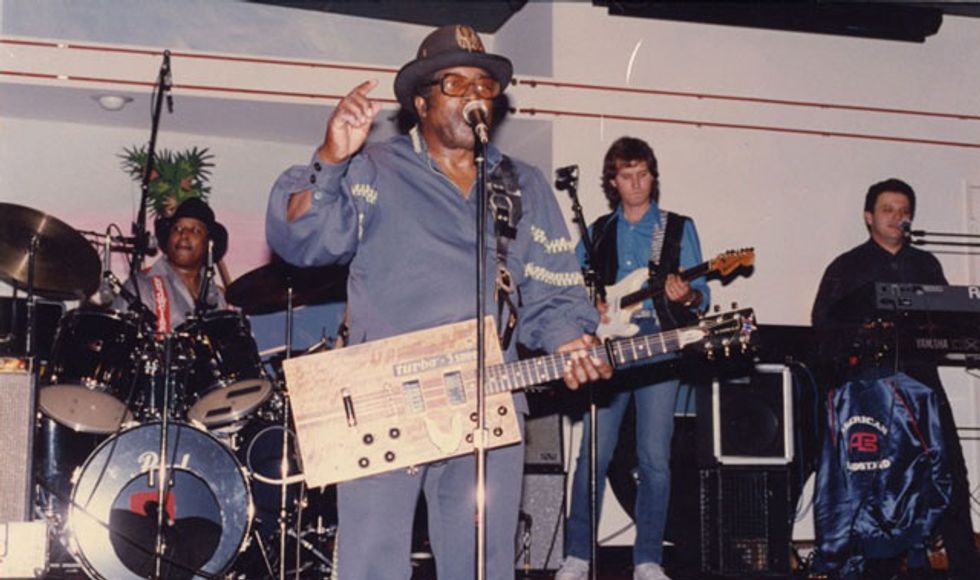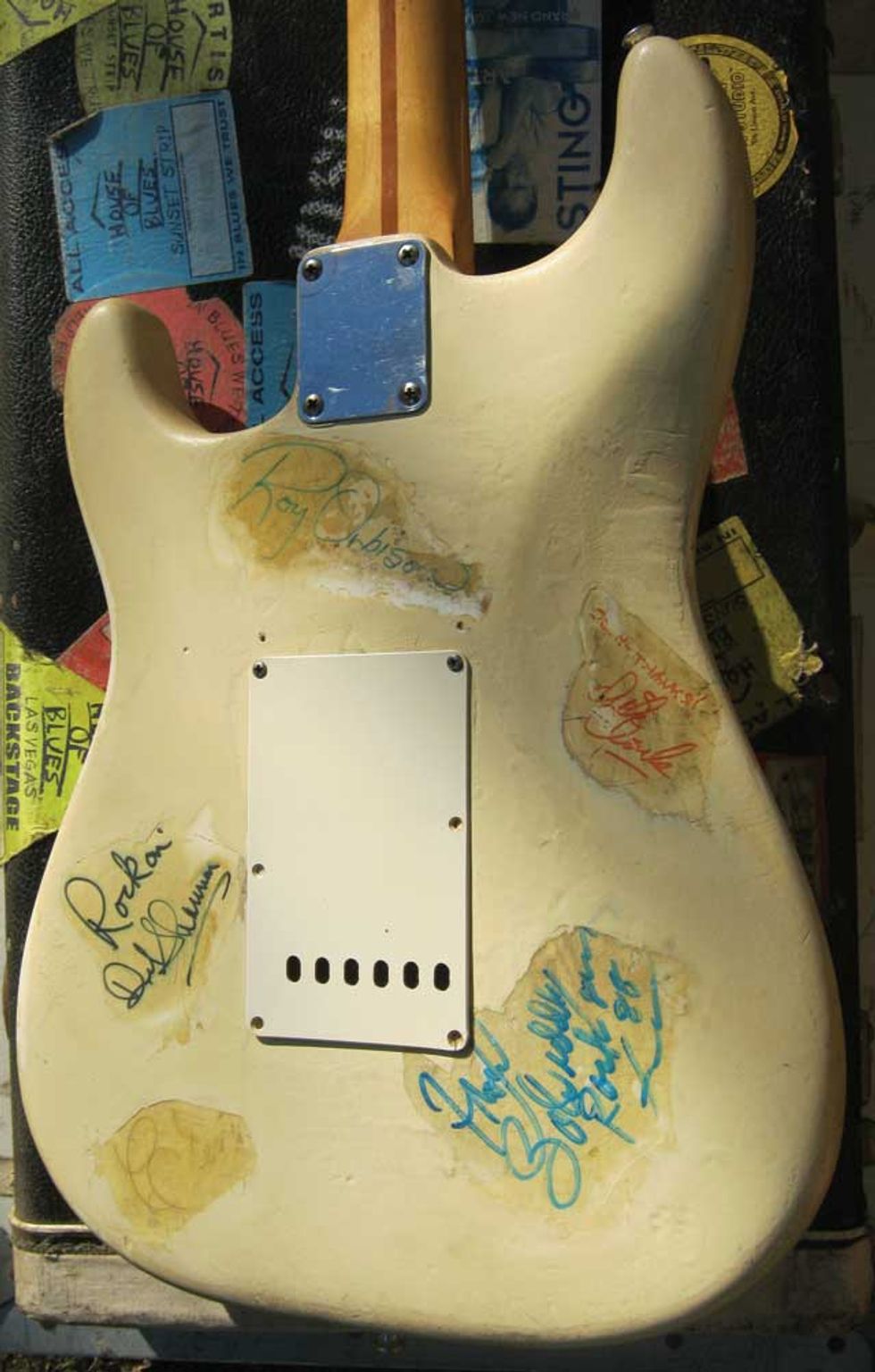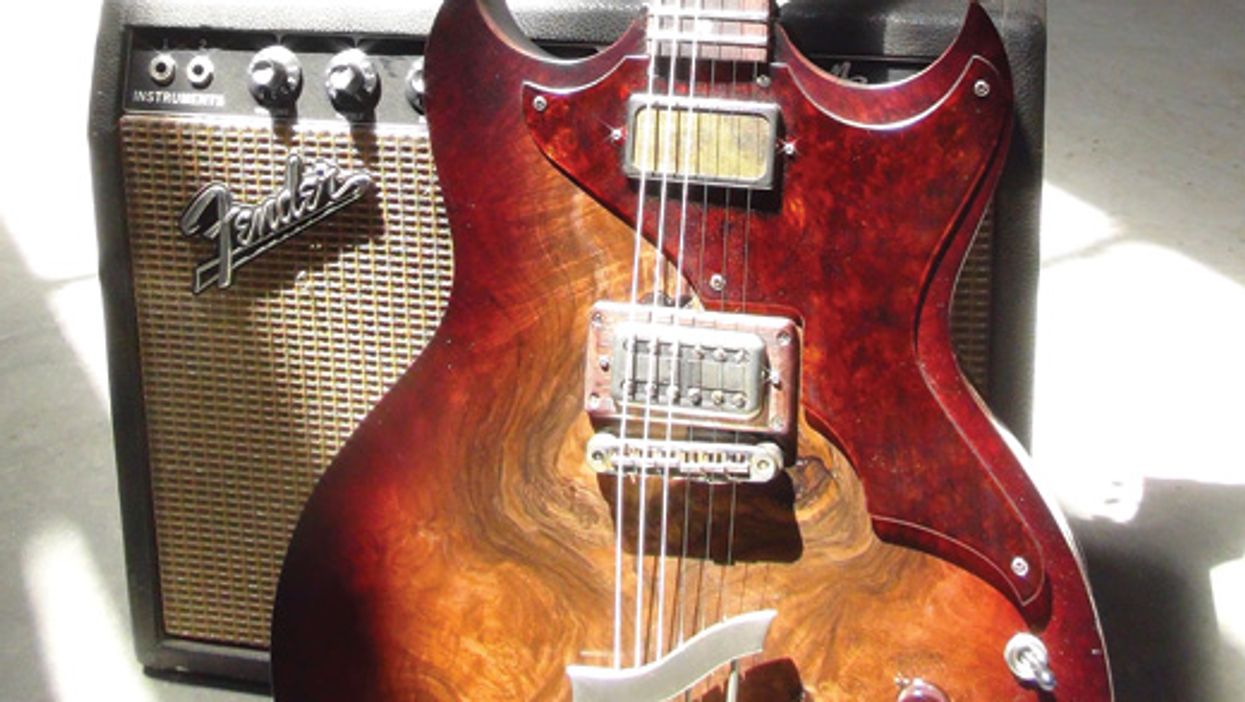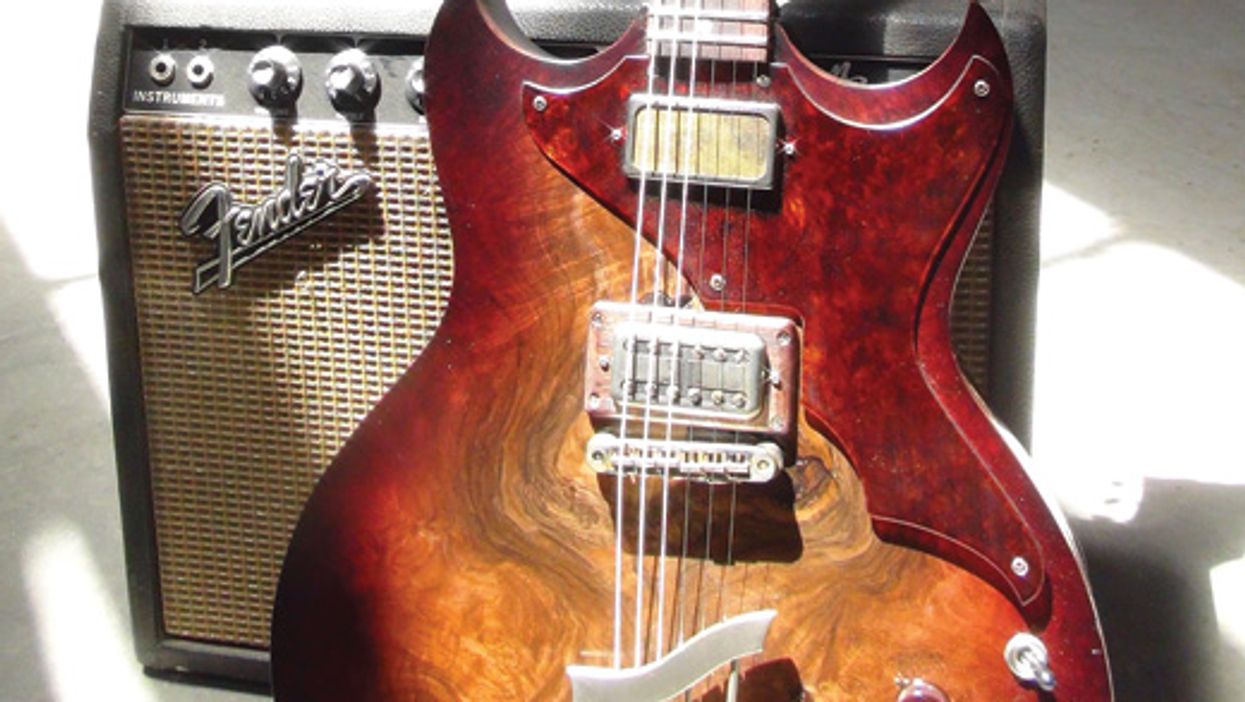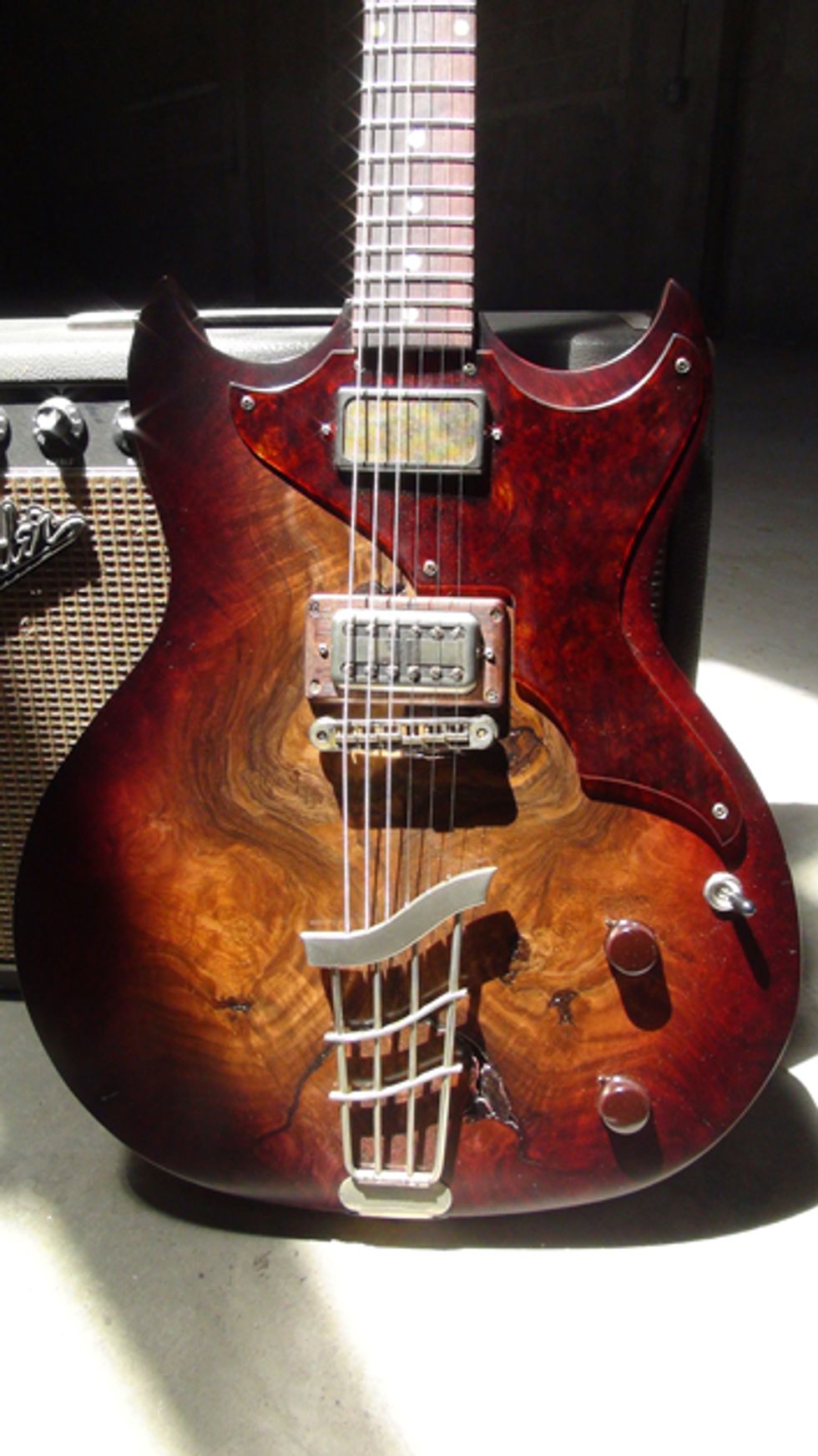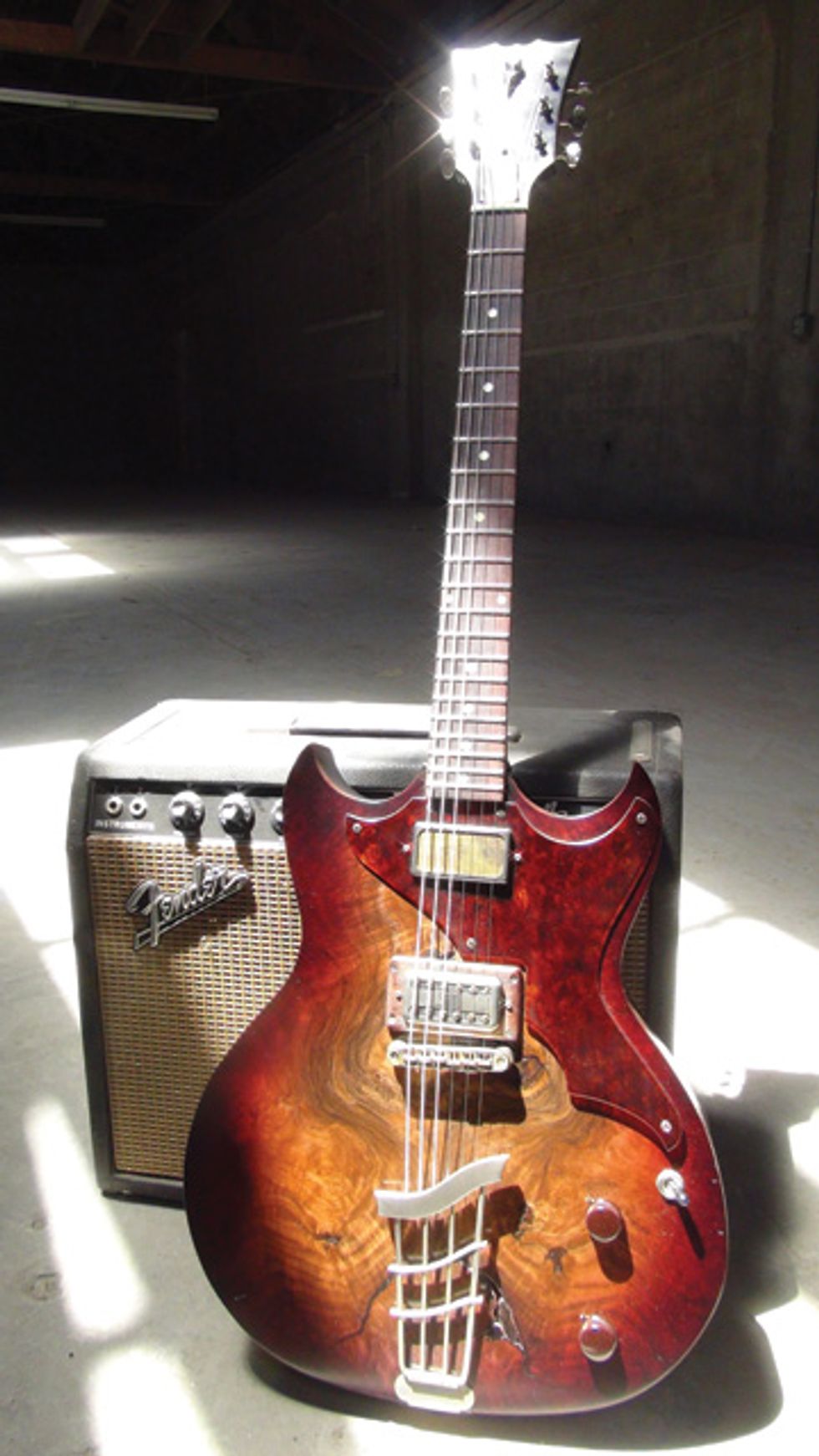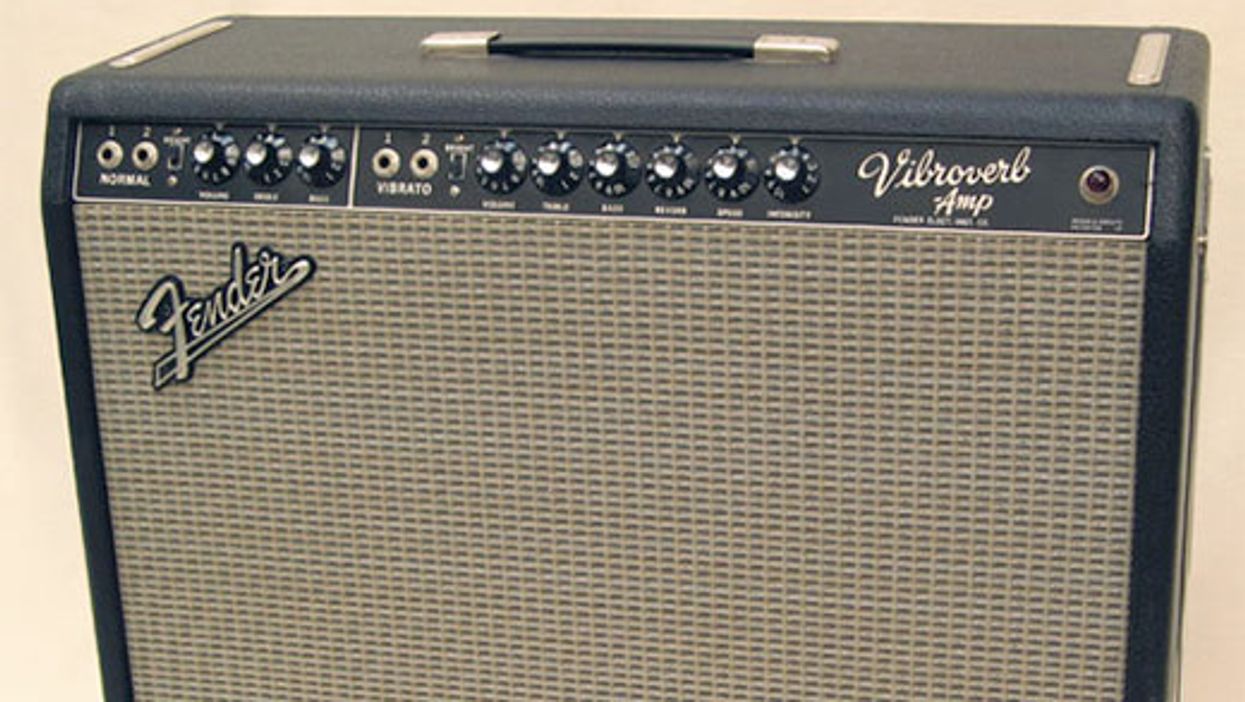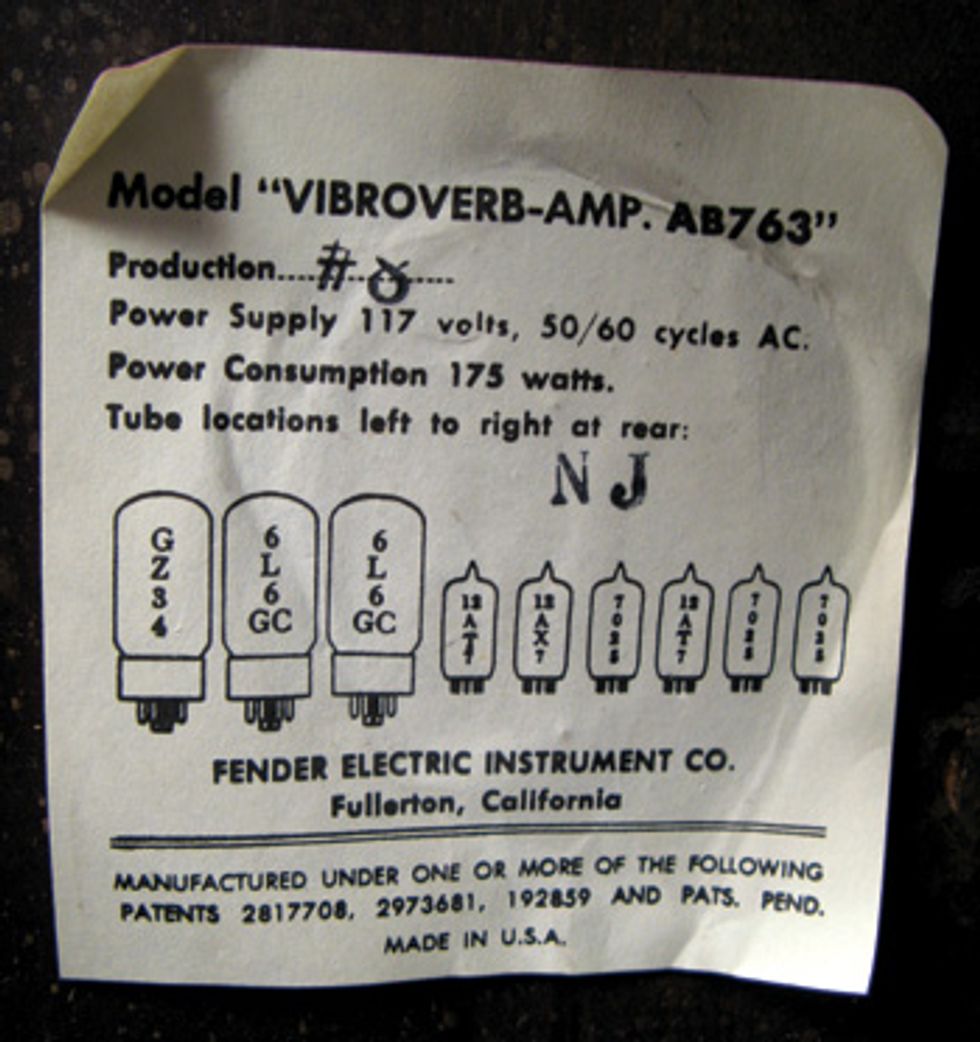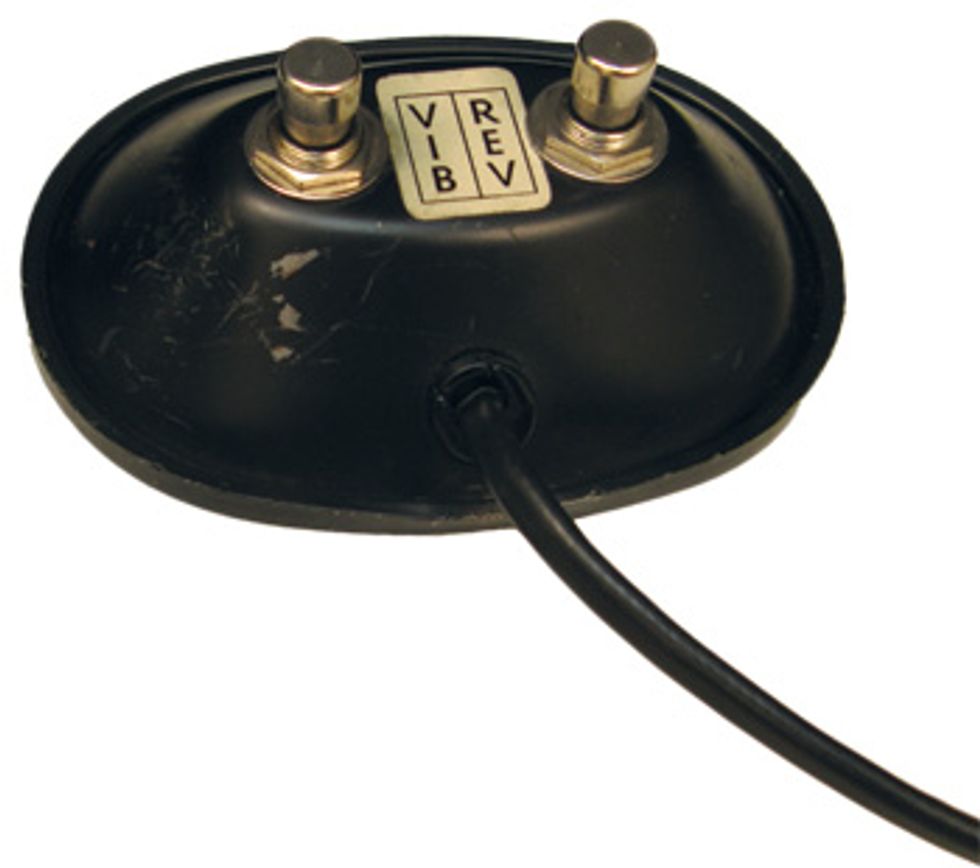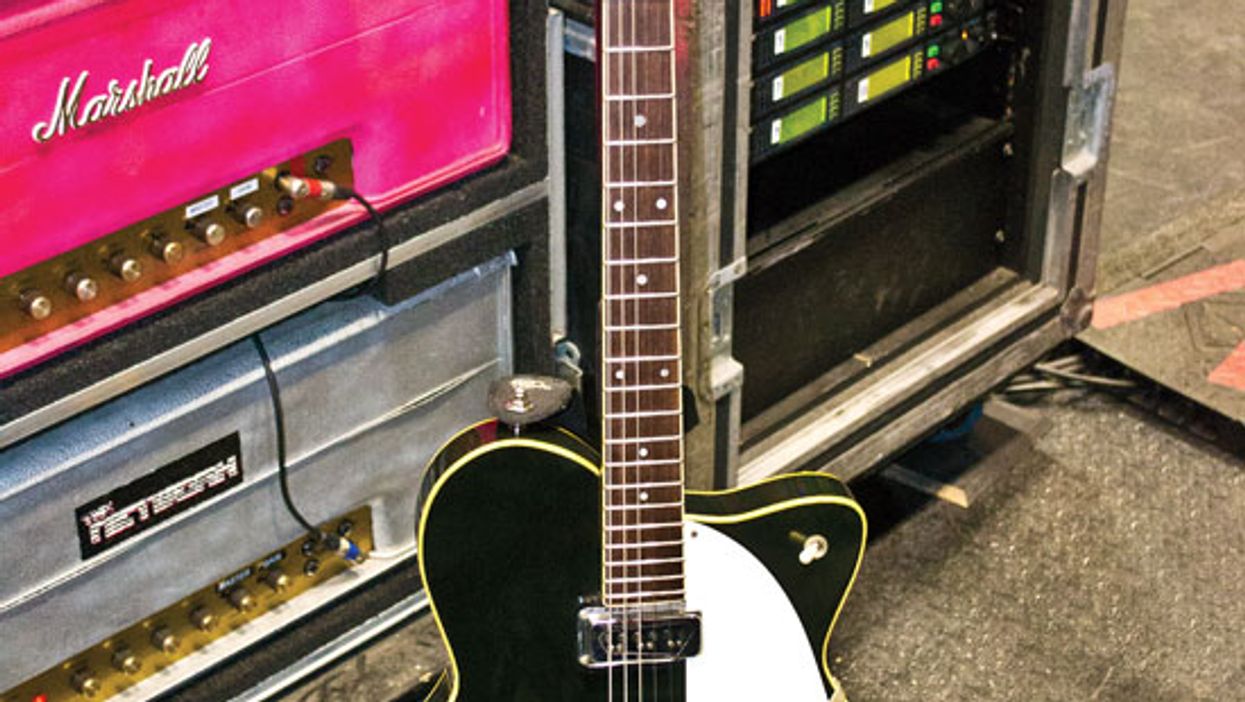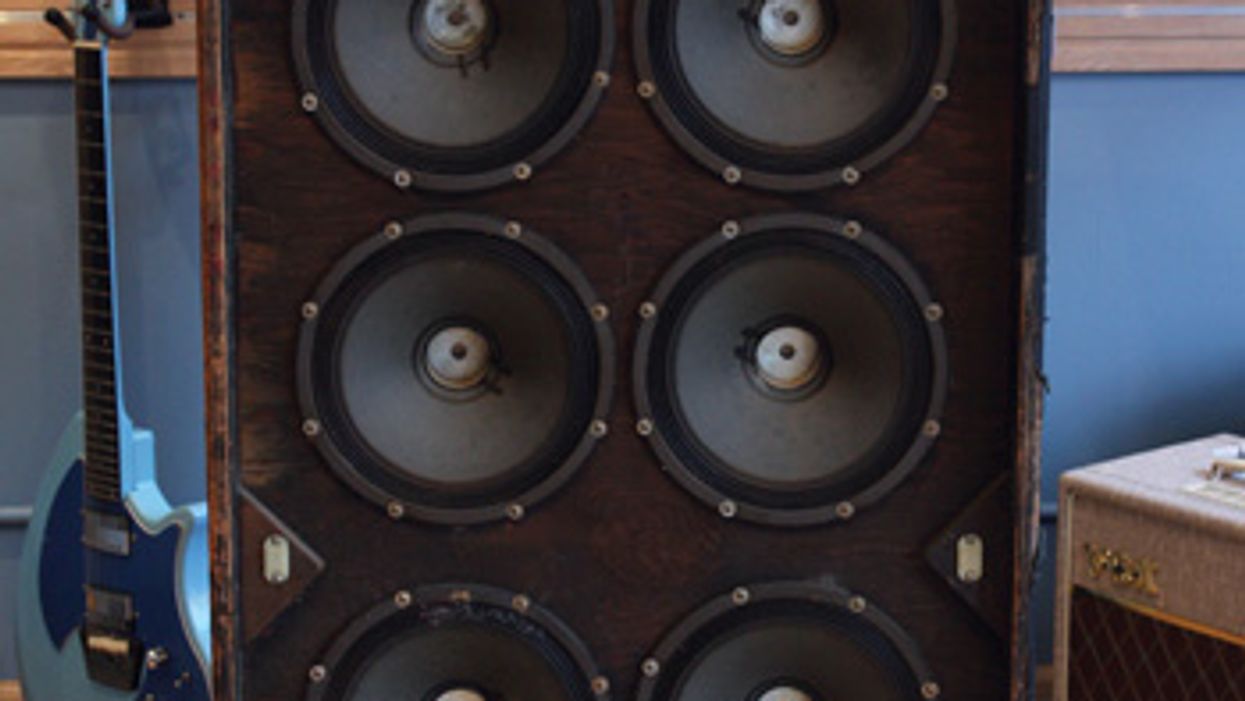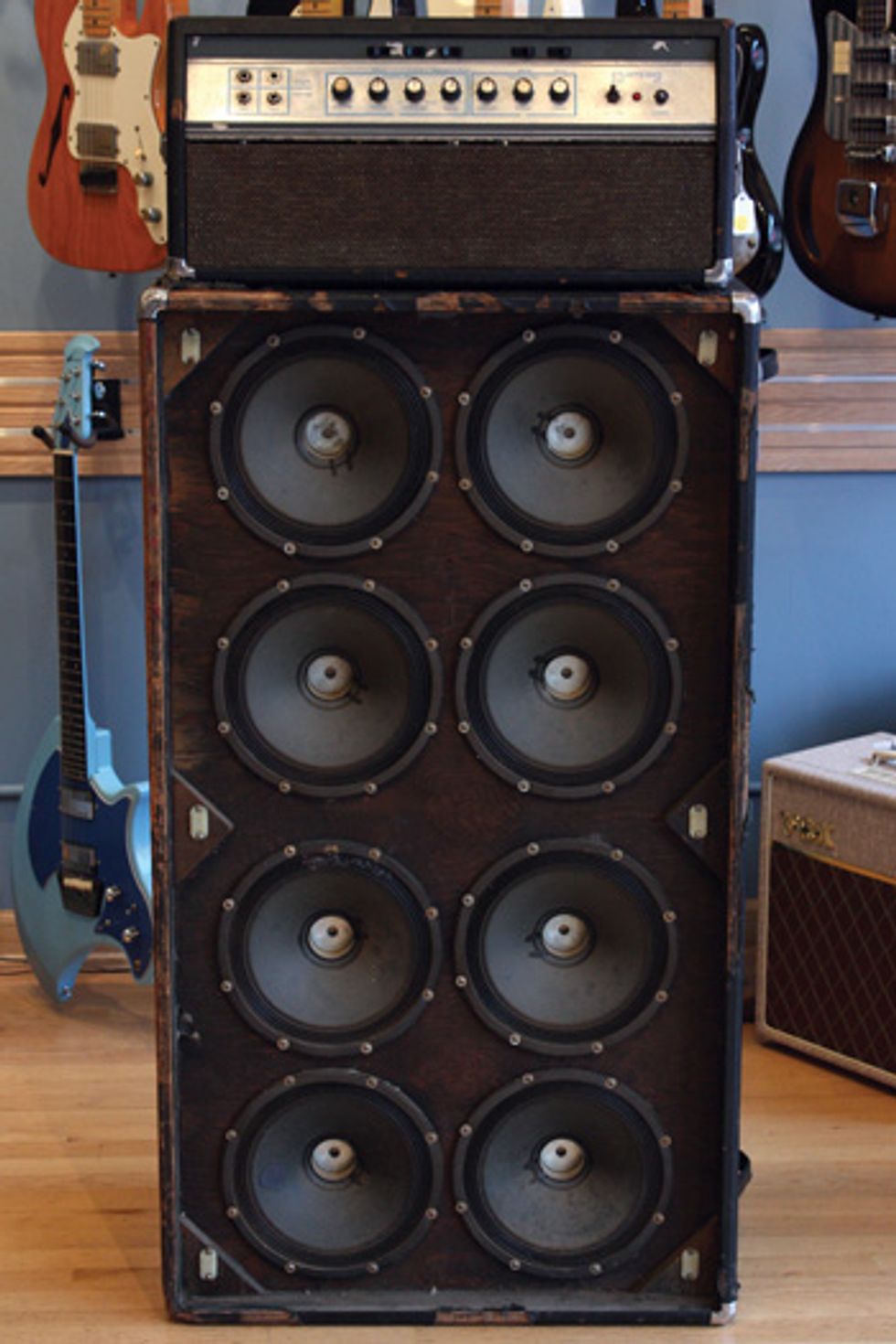Since the vintage craze of the last two or three decades began, we certainly haven’t heard the highest of praise about the instruments Fender produced from late 1965 to 1985, when it was owned by the Columbia Broadcasting System conglomerate. Stratocasters, Telecasters, and Jazz and Precision basses from the ’50s and early ’60s sell for far more than CBS-era guitars—sometimes fetching as much as an exotic sports car or a comfortable middle-class home.
Perceived design flaws introduced to models during the CBS years include Strats and Teles that went from 4- to 3-bolt neck construction, and a larger headstock with an exposed “bullet” truss rod. Later in the ’70s, cost-saving measures, such as using ash rather than alder for bodies, and finishing necks in polyester, were seen as missteps. And cosmetic, finishing, and/or consistency issues such as misaligned fret markers struck many as a sign that Leo Fender’s innovative outfit had lost its way.
However, plenty of everyday players—both now and then—think collectors’ derision of CBS-era Fenders is just nitpicking. For instance, in 1973, David Gilmour took his late ’71 bullet Strat’s pickguard assembly—including the middle and neck pickups—and put it in his prized black Stratocaster. U2’s the Edge used a black ’70s Strat on early hits like “I Will Follow” and “Where the Streets Have No Name,” and R&B session and touring guitarist Josh Sklair jammed on the ’71 Strat pictured here with legendary musicians like Etta James, Roy Orbison, and Bo Diddley.
“I grew up on my ’61 SG/Les Paul, a ’70s Les Paul Custom, and an ES-175, but I was always a stone-cold Jimi Hendrix disciple,” says Sklair. “Living in Hollywood in the ’80s, I decided it was time to get a Stratocaster. So I bought one out of the Recycler for $300.” His ’71 Strat had a natural finish, Schaller tuners, and the bullet truss rod. Sklair wasted little time customizing the axe to make it his own.
First, he took it out to his backyard and let loose with a can of white spray paint. Then he enlisted the expertise of guitar guru John Carruthers (Carruthers Guitars, Fender Custom Shop, Yamaha, G&L), who re-fretted the guitar’s neck, installed a midboost feature, converted the neck joint to a 4-bolt array, and added copper foil and shielding paint to minimize hum from the pickups and controls. Carruthers also added a new 5-way switch and reversed the polarity of the middle pickup to make the second and fourth positions dead quiet.
“I took it on tour with Dick Clark’s Good Ol’ Rock ’n’ Roll Show,” Sklair recalls. “It was my go-to guitar when I joined up with the amazing Etta James in ’85, and was used all the way until she retired in ’09. I even used it on the recording of Roy Orbison’s ‘Careless Heart’ in 1988.”
Even though Sklair revamped several aspects of his Strat, he never dreamt of altering one thing. “What brings me back to this little Strat is its neck. By industry standards, it’s not a great neck—because it’s fat and not very wide. But it has been really comfortable for my average-sized hands, and I believe the big headstock adds an almost Gibson-like mellowness to its tone.”
While Sklair’s beloved ’71 Recycler find is special to him because of how it plays and sounds, as well as the countless memorable performances and sessions he’s played with it, it’s also special because on the back it bears the signatures of five rock ’n’ roll greats—Roy Orbison, Dick Clark, Bo Diddley, Chuck Berry, and Del Shannon.
“I’m not much of a signature guy because I don’t want to be creepy,” Sklair laughs. “I never asked Etta for hers because it just didn’t feel right, but I did get a few rock ’n’ roll heroes to sign it. It reminds me of where this guitar and I have been.”




